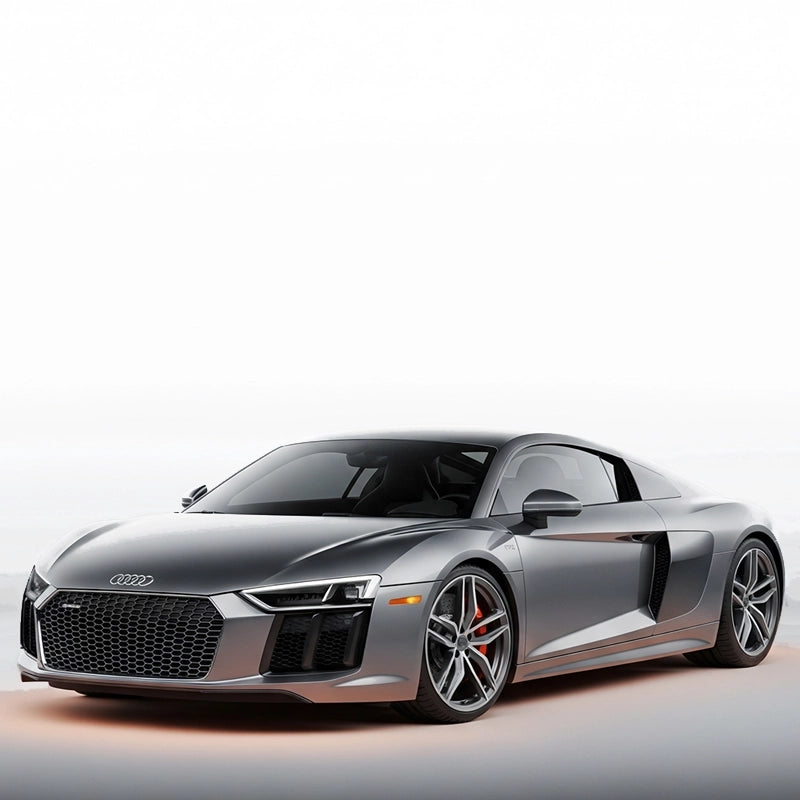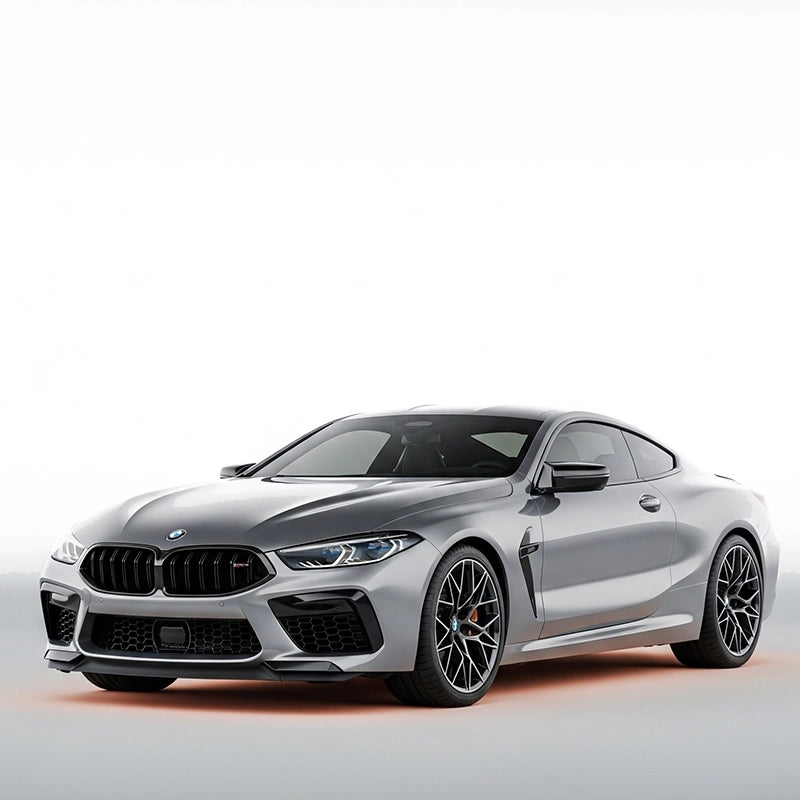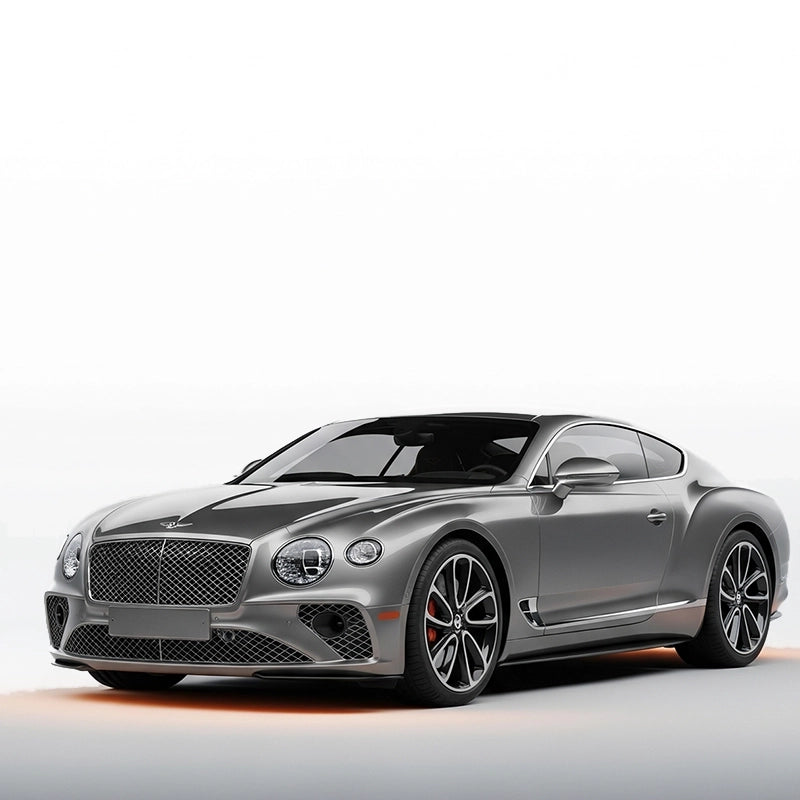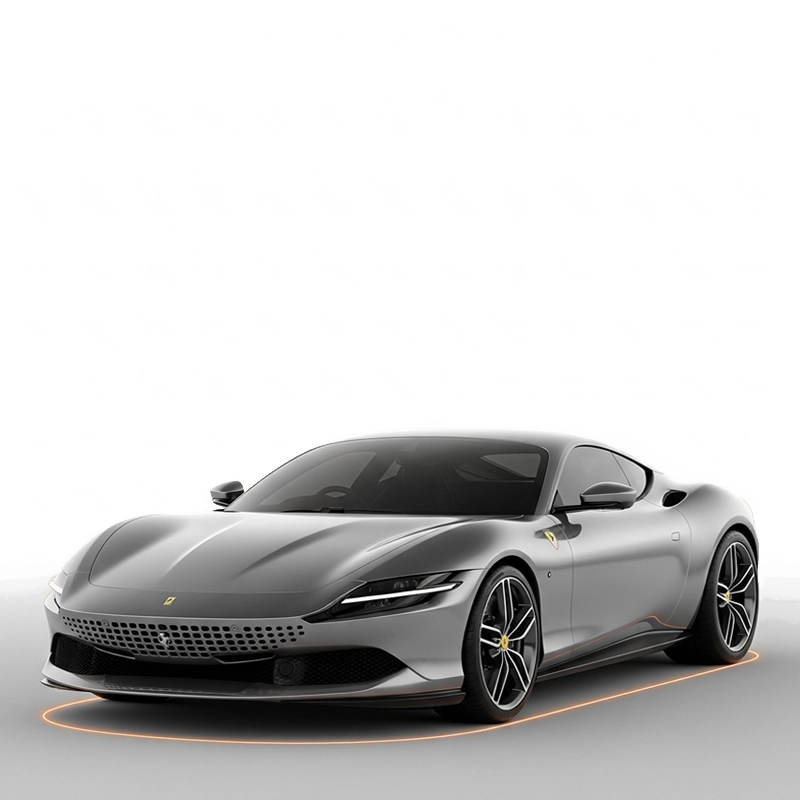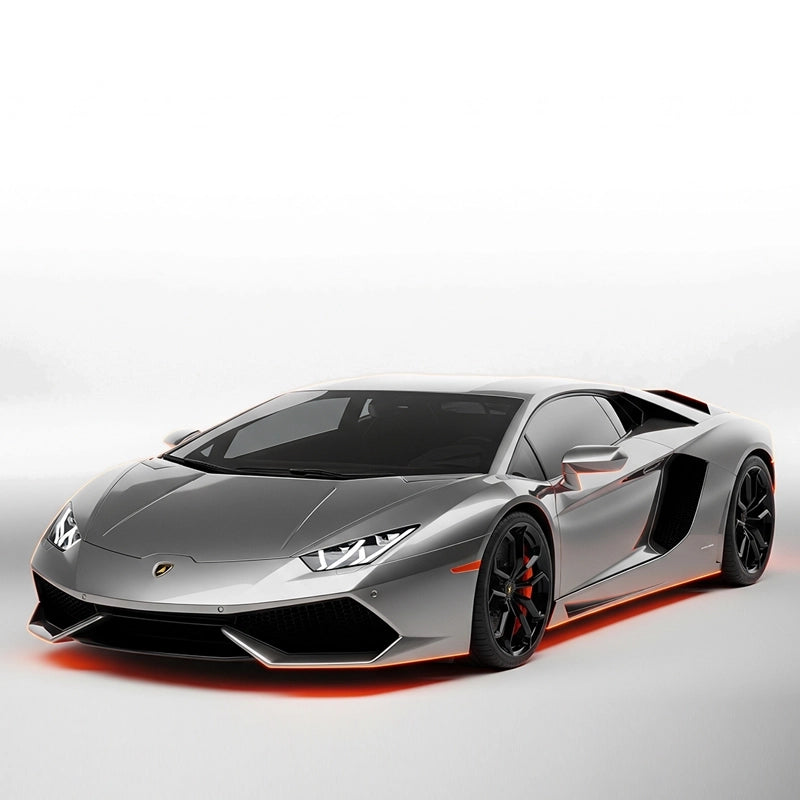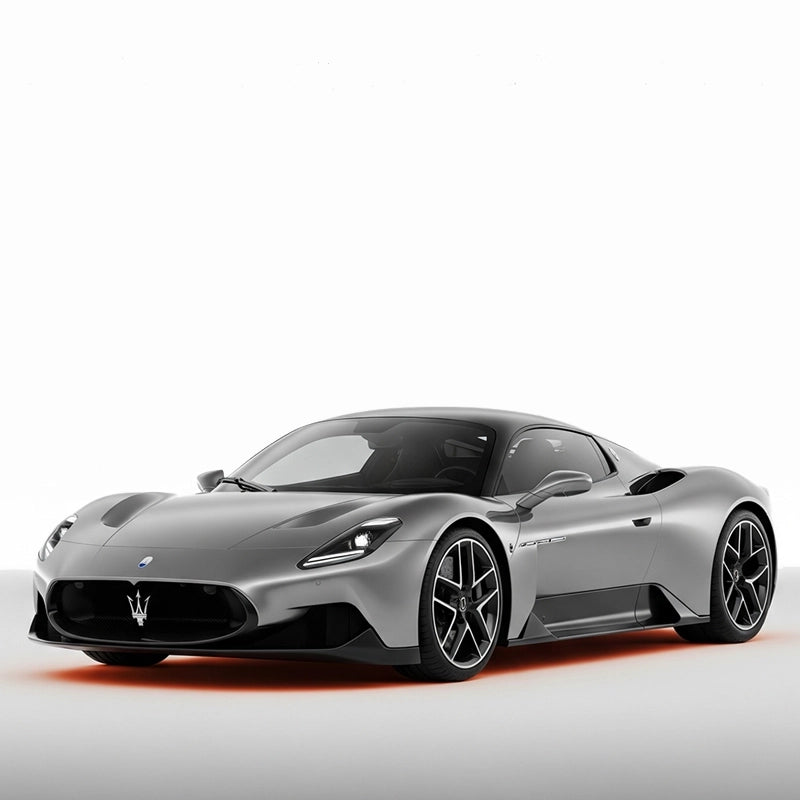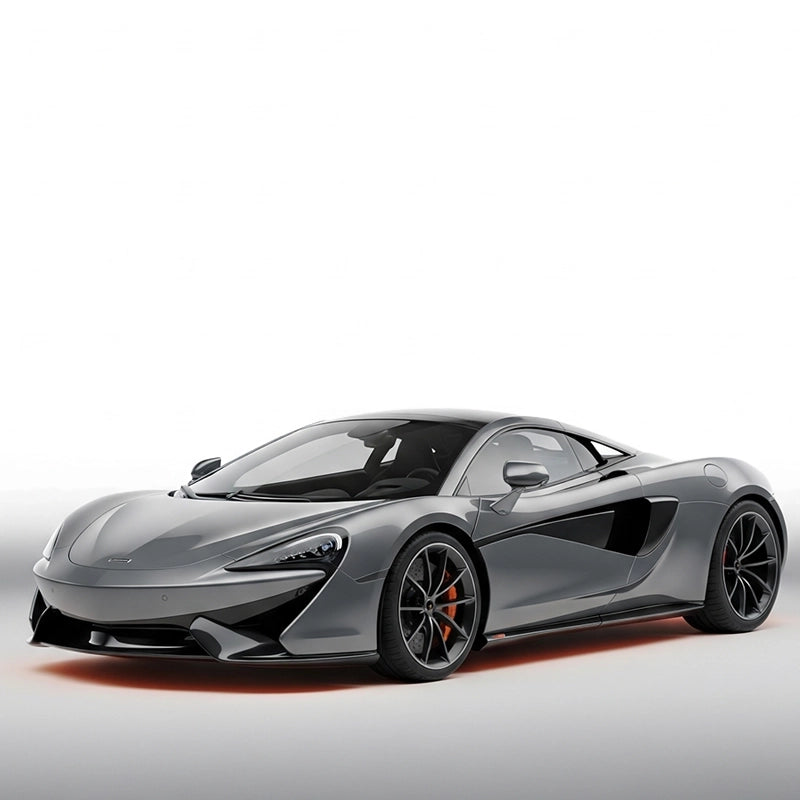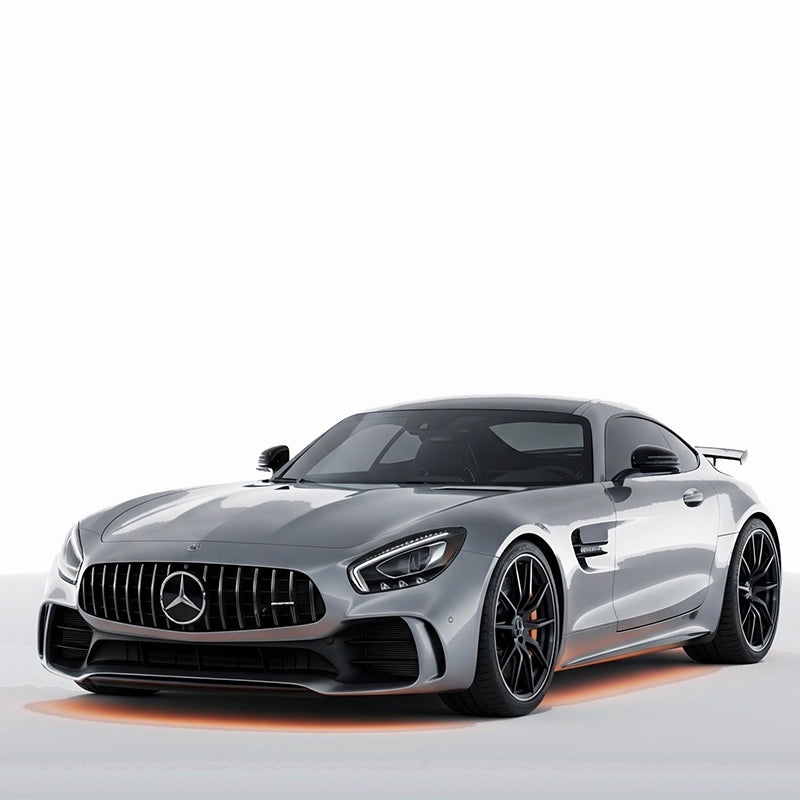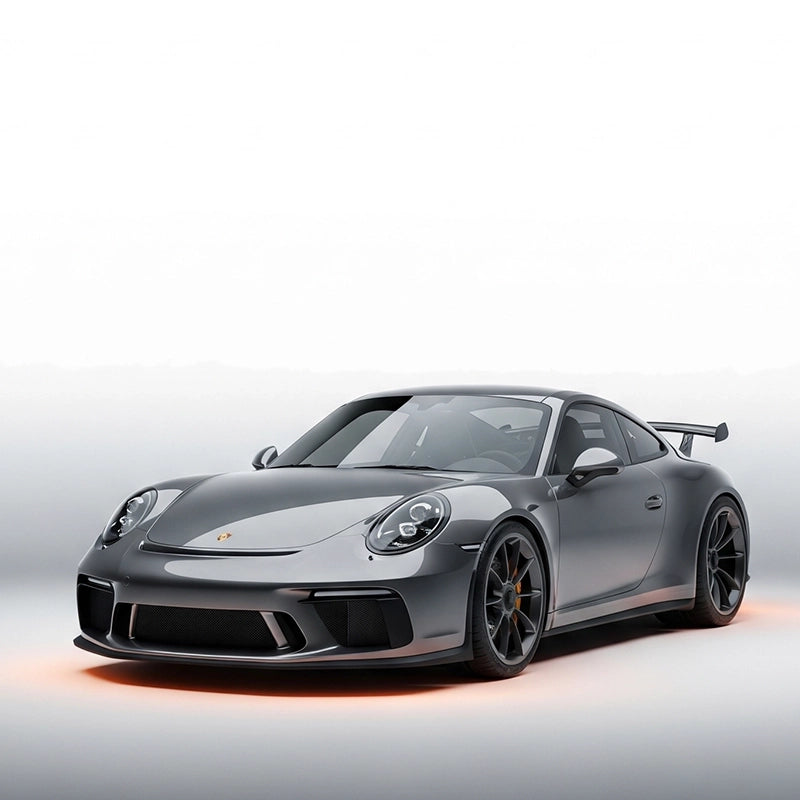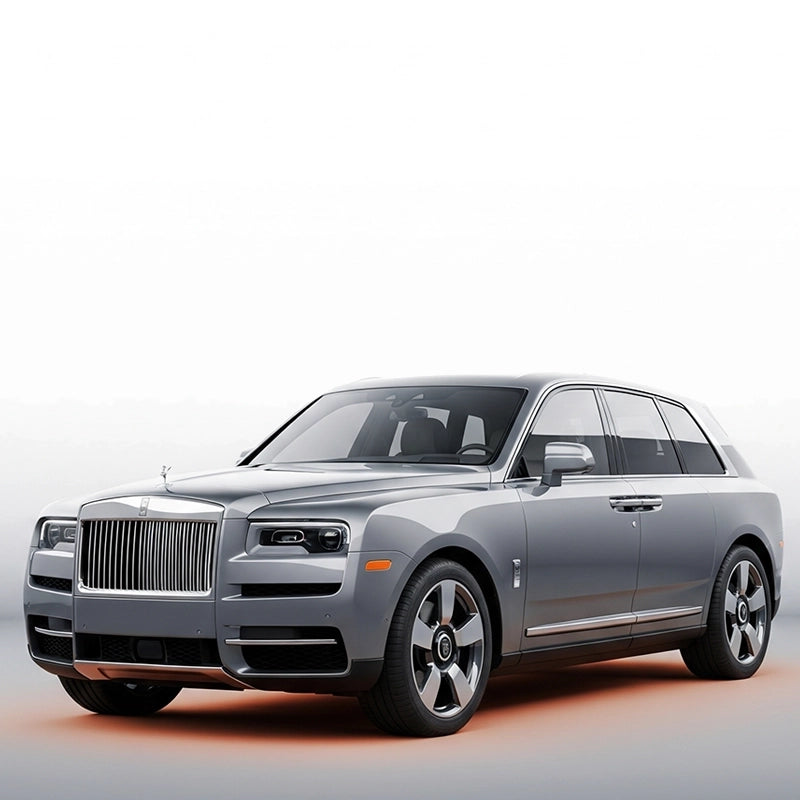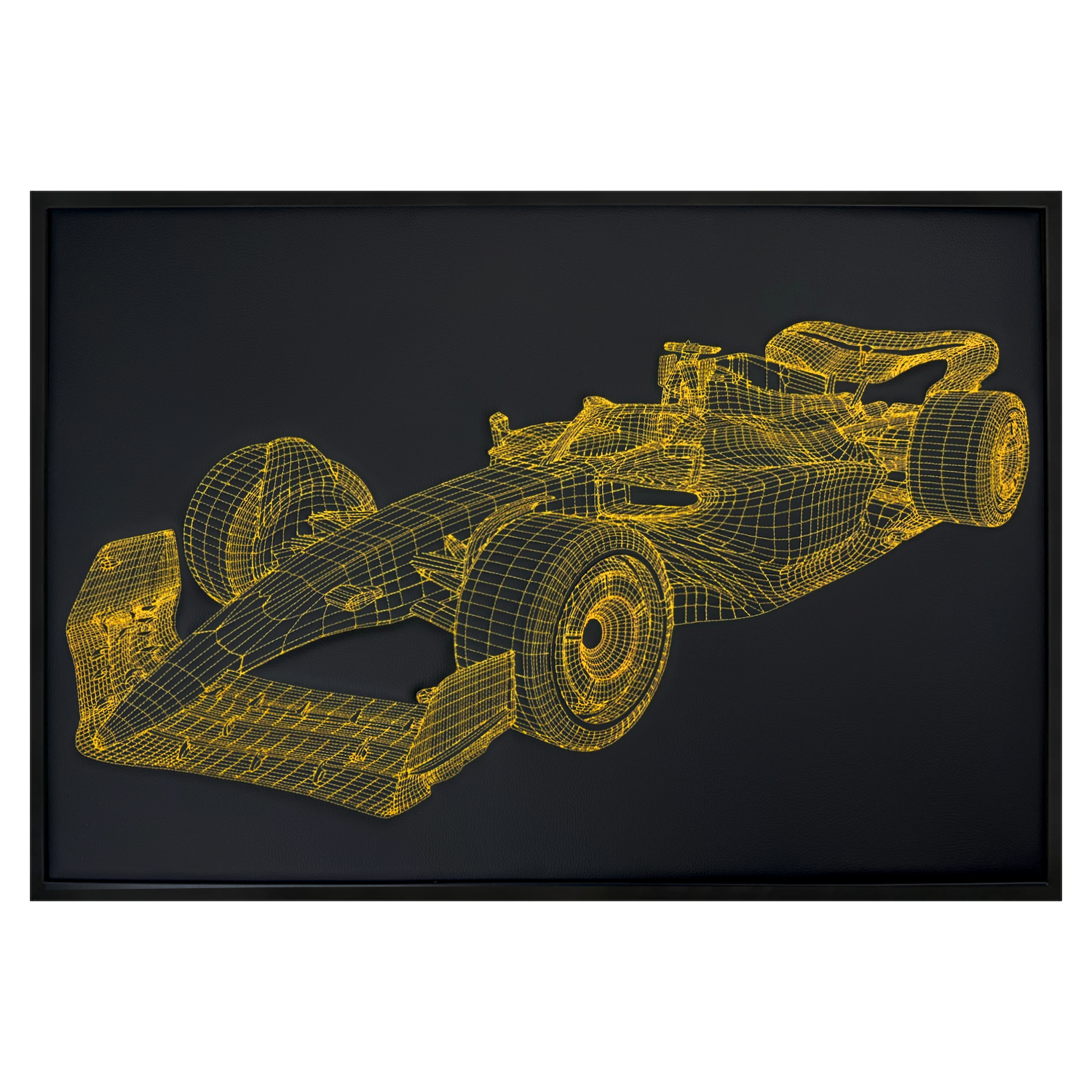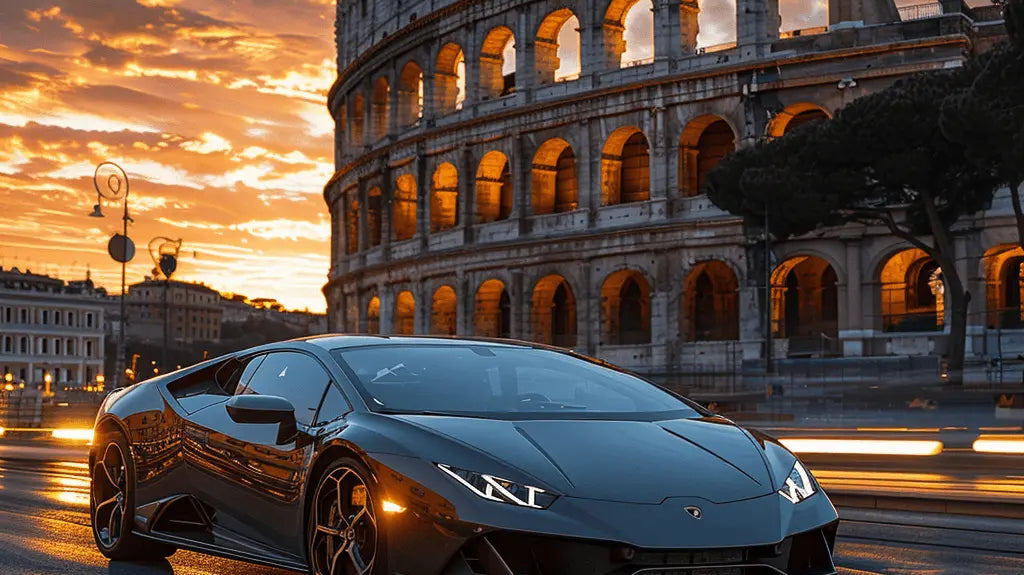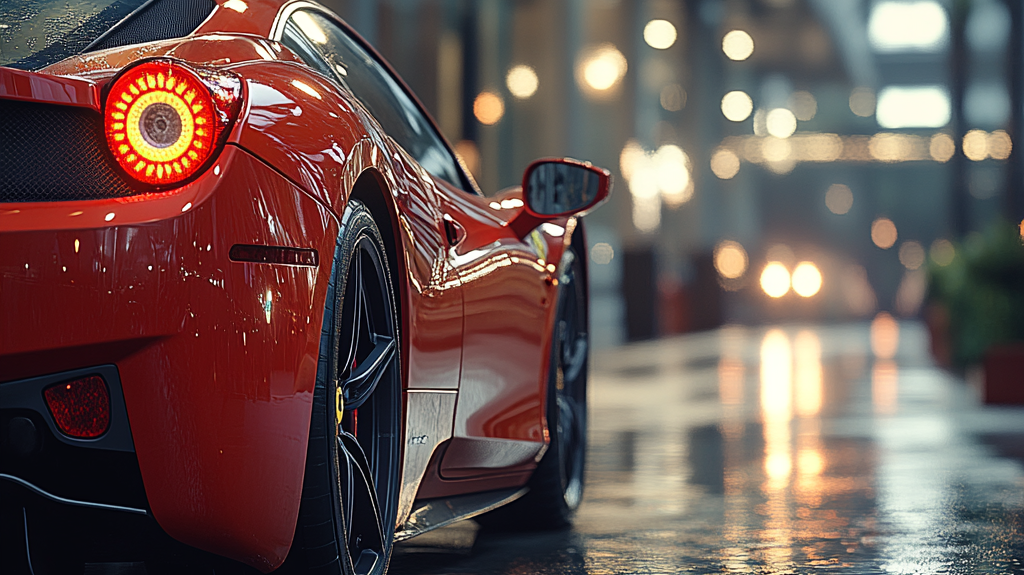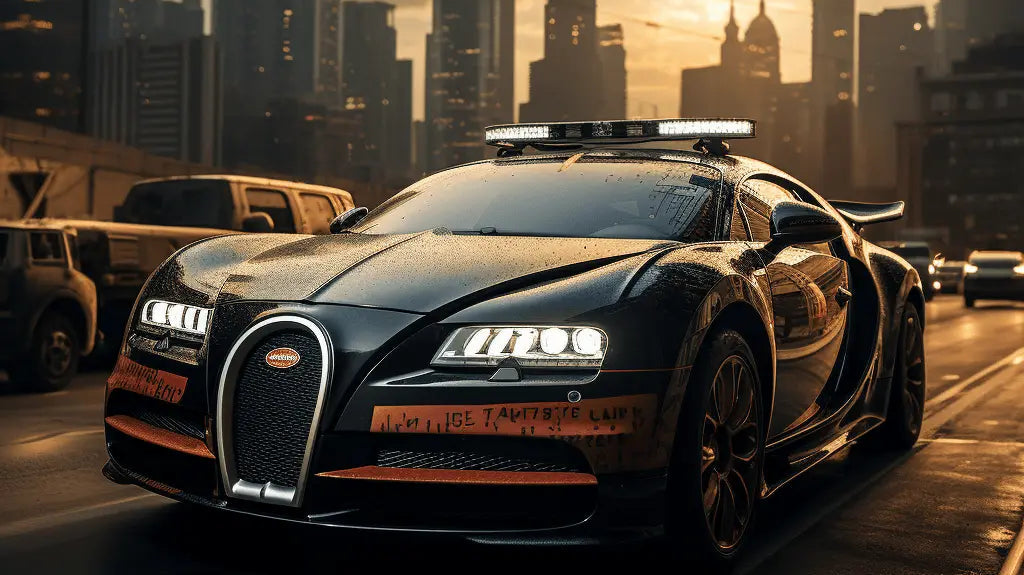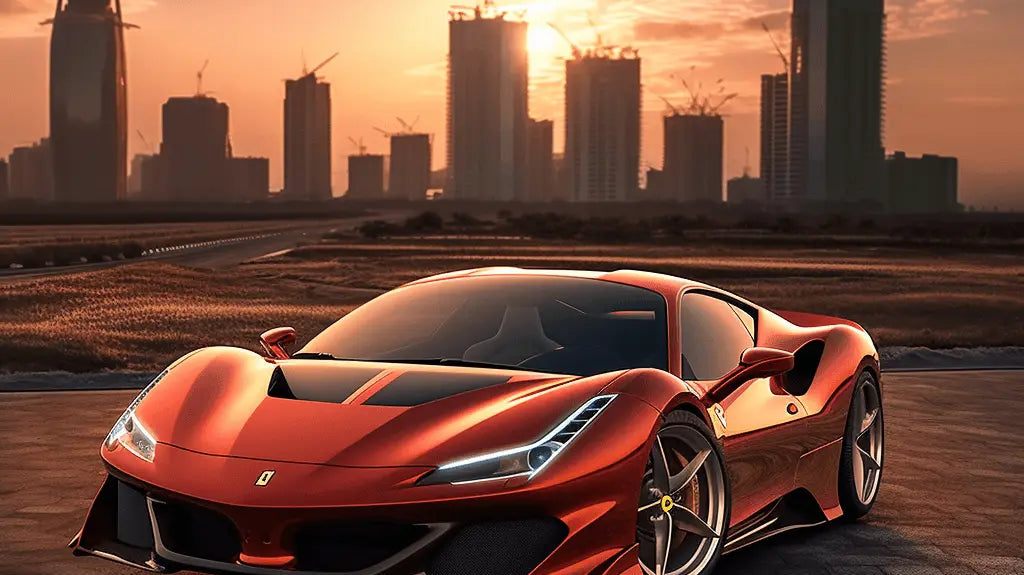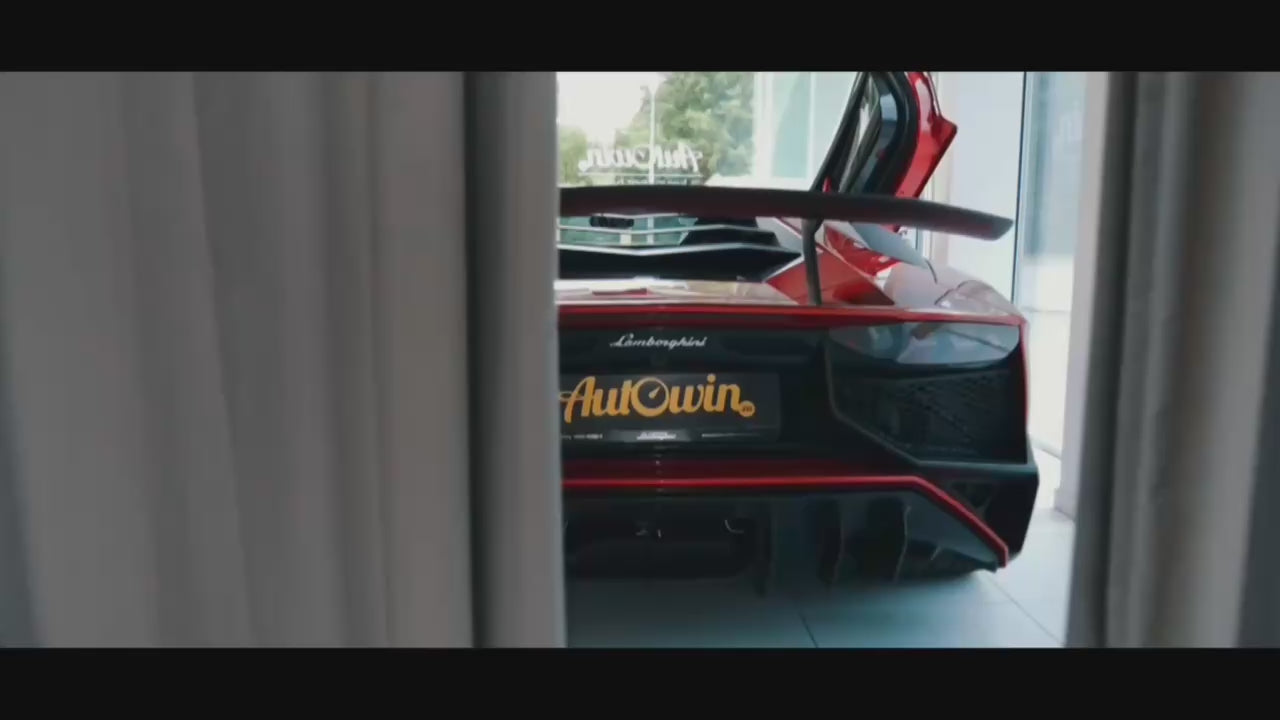Pioneering the Roads: The Remarkable Journey of the World's First Road Vehicle
I’ve stood nose-to-boiler with a replica of Nicolas Cugnot’s contraption, and let me tell you, the world’s first road vehicle smells like progress — hot, hissing, slightly dangerous progress. It didn’t look fast (it wasn’t), it didn’t look graceful (also no), but it did something radical: it moved itself. From that sputtering start in the 1760s to today’s 1,500-hp hypercars, our automotive story is one long inhale of steam, gasoline, and now electrons.
Nicolas Cugnot and the world's first road vehicle
Picture 18th-century Paris: cobblestones, cannon fire, and carriages that needed feeding at the hay store. Nicolas-Joseph Cugnot, a French military engineer with a practical streak, wanted a better way to lug heavy artillery. In 1769 he built the Fardier à vapeur — essentially a three-wheeled wagon with a kettle-sized steam boiler perched over the front axle. It was ungainly, but it worked.
When I first saw the Fardier’s steering tiller and front-mounted boiler, I noticed right away how front-heavy it must have been. On rough surfaces, that load tries to pull you straight on. Early test runs reportedly topped out around 2.5 mph, but speed wasn’t the point; torque was. It could move weight without a horse. That was science-fiction in wooden wheels.

The Fardier à vapeur: a slow, stubborn glimpse of tomorrow
The Fardier wasn’t quick, quiet, or simple. It needed frequent stops to build pressure, it was tricky to steer, and it weighed a ton. But it proved one seismic idea: motive power could come from a machine, not a mammal. That’s the ignition spark for everything that followed — pistons, carburetors, turbochargers, lithium-ion cells, you name it.
- Top speed: roughly 2.5 mph
- Propulsion: front-mounted steam engine
- Mission: haul artillery without horses
- Party trick: the first widely recorded motorized crash (a wall, allegedly — we’ve all been there)
Did you know?
Cugnot’s 1771 mishap makes the Fardier not just the world's first road vehicle, but also the first to kiss a wall under power. Occupational hazard when your front wheel is also your boiler.
From the world's first road vehicle to today’s hypercars
Fast forward a couple of centuries and the same obsession — more power, less drag, better control — now wears carbon fiber and active aero. The principles are identical; only the hardware has changed. We’ve gone from brewing steam to harvesting downforce.
Aston Martin Valkyrie: when F1 homework becomes road-legal
The Aston Martin Valkyrie is the car that makes tunnels sound like concert halls. A collaboration with Red Bull Racing, it chases an F1-grade power-to-weight ratio with a naturally aspirated V12 and hybrid assist, plus bodywork that’s basically a wind tunnel fever dream. Slip into it and you sit reclined, feet high, like a single-seater. Not exactly ideal for the school run, but absolutely perfect for a sunrise blast on an empty Alpine pass.
Bugatti La Voiture Noire: power dressed in a tux
Bugatti doesn’t do subtle. La Voiture Noire, the “Black Car,” is a one-off statement piece: a quad-turbo W16 with over 1,500 hp wrapped in gloss noir. It’s less about lap times and more about presence — though the horizon still arrives indecently fast. If a valet spot could smolder, this would be the reason.
Bugatti Veyron and Chiron: the engineering sledgehammers
The Veyron reset the world’s expectations for a production car, then the Chiron added composure and even more absurd thrust. I remember the first time I floored a Chiron on a derestricted stretch — the shove is tidal, but the cabin stays library-quiet. Quiet enough to hear your kids arguing in the back… if there were a back.

What the world's first road vehicle taught us
Every great car carries Cugnot’s DNA: solve a real problem, then solve it better. The Fardier traded hay for heat; modern cars trade drag for downforce and weight for watt-hours. And yet, the wish list remains stubbornly human: go farther, go faster, make life simpler.
Side tip
If you ever see a Fardier demonstration, stand to the side. Steam is dramatic. Your eyebrows will thank you.
Quick comparison: from hay to hypercar
| Vehicle | Era | Power Source | Approx. Top Speed | Main Job |
|---|---|---|---|---|
| Horse-drawn wagon | Pre-1760s | Horsepower (literal) | ~8–12 mph | Haul people and goods |
| Fardier à vapeur (the world's first road vehicle) | 1769 | Steam engine | ~2.5 mph | Move cannons without horses |
| Bugatti Chiron | Today | Quad-turbo W16 | 261+ mph (limited) | Redefine “overkill” with comfort |
Elevating the drive: accessories for the modern era
Perfectionists don’t stop at power figures. They sweat the daily details — how the cabin looks after a soggy ski trip, how the mats survive sandy beach runs, how easily the interior cleans before a night out in Miami. That’s where well-made accessories earn their keep.
AutoWin floor mats for hypercars
AutoWin builds custom-fit floor mats that feel as premium as the cars they’re designed for. I’ve seen owners spec Alcantara finishes for a consistent look — worth it if you’re particular about textures. Just note: the good stuff isn’t cheap, and you’ll want to double-check fitment if your car has a quirky footwell shape.

Browse, click, drive: AutoWin e-shop
If you’re the type who lines up parking lines with a laser level (no judgment), AutoWin makes it easy to kit your car online. From custom mats to interior trims, it’s a rabbit hole of neat upgrades. Personally, I’d start with mats and a trunk liner — the two items you notice every single day.
Conclusion: the world's first road vehicle lit the fuse
The journey from the world’s first road vehicle to today’s hypercars isn’t a straight line; it’s a series of brave, occasionally messy leaps. Cugnot’s Fardier traded hooves for heat. The Valkyrie trades weight for wings. The Chiron trades air for speed. Different eras, same ambition: move better. And if you can keep the carpets clean while doing it, well, that’s progress too.
FAQ: the world's first road vehicle
- Who built the world’s first road vehicle? Nicolas-Joseph Cugnot, a French military engineer, in 1769.
- How fast was Cugnot’s Fardier à vapeur? Around 2.5 mph — slow, but strong enough to move artillery.
- Did the Fardier really crash? Yes, a famous 1771 incident reportedly involved the Fardier bumping into a wall during testing.
- What’s the connection between the Fardier and modern hypercars? Both chase the same goal: more efficient, more powerful movement using the latest technology of their time.
- Are custom floor mats worth it for supercars? If you care about preserving interiors and tailoring the look, yes — especially high-wear areas like footwells and trunks.

